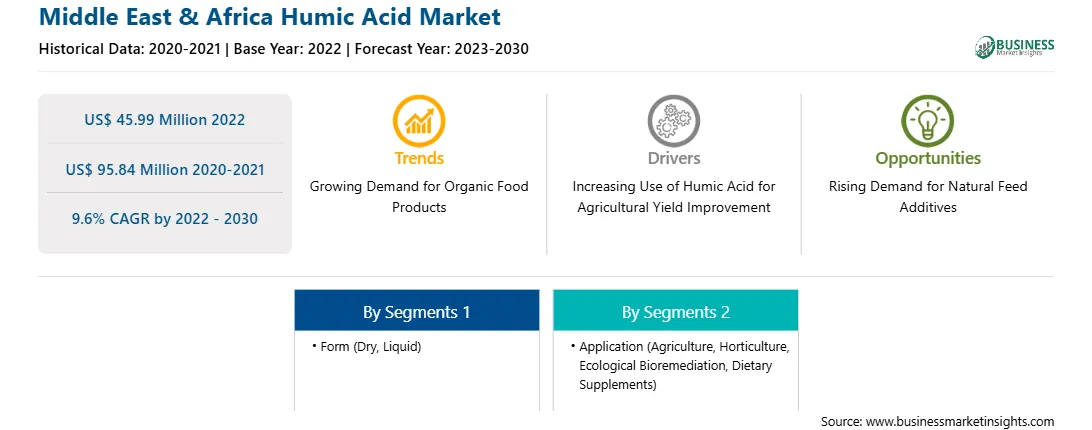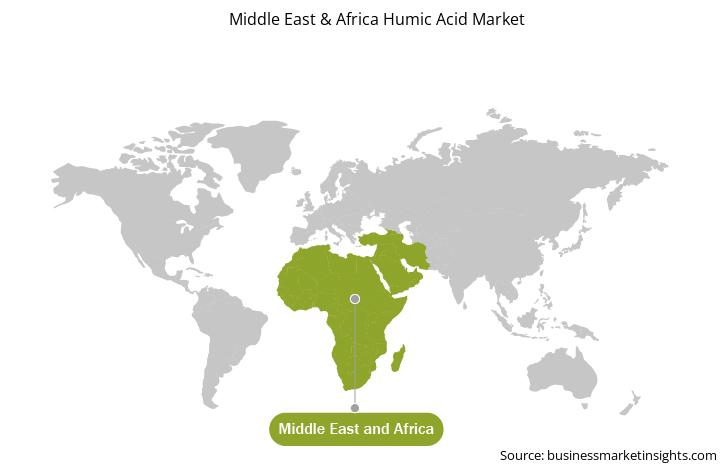Organic farming practices emphasize soil health and fertility. As a natural soil amendment, humic acid enhances soil structure, improves nutrient availability, and promotes microbial activity. It helps organic farmers maintain and improve soil fertility. Organic food production requires compliance with specific standards and regulations. Organic certifying bodies often require the use of approved inputs and practices, including organic soil amendments. Humic acid, derived from organic sources, fulfills the requirements for organic certification. In addition, humic acid has been shown to improve plant growth by facilitating root development and improving stress tolerance. Organic food producers prioritize plant health and natural disease resistance by minimizing synthetic pesticides and fertilizers. The use of humic acid in organic farming contributes to the production of food that is perceived as healthier and more environmentally friendly. Thus, the growing demand for organic food products would lead to new trends in the humic acid market in the coming years, as it is being projected as an essential component of organic farming practices.
The Middle East & Africa humic acid market is segmented into South Africa, Saudi Arabia, the UAE, and the Rest of Middle East & Africa. Increasing awareness about the harmful effects of inorganic chemical compounds, artificial compounds, and synthetic fertilizers in the region bolsters the demand for organic compounds such as humic acid. Humic acid is increasingly used as a bio-stimulant to decompose the organic residues in soil. It increases the metabolic activity of soil organisms and speeds up the decomposition process. These factors fuel the demand for humic acid.
The rise in demand for sustainable agriculture is driving farmers in the Middle East & Africa to adopt a cost-effective integrated nutrient management system. This, in turn, increases the demand for biofertilizers in the region. This region comprises small and marginal farmers in large shares. Therefore, increasing demand for low-cost fertilizers such as biofertilizers propels the humic acid market in the region.
The Middle East & Africa humic acid market is segmented into form, application, and country.
Based on form, the Middle East & Africa humic acid market is segmented into dry and liquid. The dry segment held a larger Middle East & Africa humic acid market share in 2022.
Based on application, the Middle East & Africa humic acid market is segmented into agriculture, horticulture, ecological bioremediation, dietary supplements, and others. The agriculture segment held the largest Middle East & Africa humic acid market share in 2022.
Based on country, the Middle East & Africa humic acid market has been categorized into South Africa, Saudi Arabia, the UAE, and the Rest of Middle East & Africa. South Africa dominated the Middle East & Africa humic acid market in 2022.
Agricultural and Mining Development SA, Grow More Inc, Humic Growth Solutions Inc, and Humintech GmbH are some of the leading companies operating in the humic acid market in the region.
Strategic insights for the Middle East & Africa Humic Acid provides data-driven analysis of the industry landscape, including current trends, key players, and regional nuances. These insights offer actionable recommendations, enabling readers to differentiate themselves from competitors by identifying untapped segments or developing unique value propositions. Leveraging data analytics, these insights help industry players anticipate the market shifts, whether investors, manufacturers, or other stakeholders. A future-oriented perspective is essential, helping stakeholders anticipate market shifts and position themselves for long-term success in this dynamic region. Ultimately, effective strategic insights empower readers to make informed decisions that drive profitability and achieve their business objectives within the market.

| Report Attribute | Details |
|---|---|
| Market size in 2022 | US$ 45.99 Million |
| Market Size by 2030 | US$ 95.84 Million |
| Global CAGR (2022 - 2030) | 9.6% |
| Historical Data | 2020-2021 |
| Forecast period | 2023-2030 |
| Segments Covered |
By Form
|
| Regions and Countries Covered | Middle East and Africa
|
| Market leaders and key company profiles |
The geographic scope of the Middle East & Africa Humic Acid refers to the specific areas in which a business operates and competes. Understanding local distinctions, such as diverse consumer preferences (e.g., demand for specific plug types or battery backup durations), varying economic conditions, and regulatory environments, is crucial for tailoring strategies to specific markets. Businesses can expand their reach by identifying underserved areas or adapting their offerings to meet local demands. A clear market focus allows for more effective resource allocation, targeted marketing campaigns, and better positioning against local competitors, ultimately driving growth in those targeted areas.

The Middle East & Africa Humic Acid Market is valued at US$ 45.99 Million in 2022, it is projected to reach US$ 95.84 Million by 2030.
As per our report Middle East & Africa Humic Acid Market, the market size is valued at US$ 45.99 Million in 2022, projecting it to reach US$ 95.84 Million by 2030. This translates to a CAGR of approximately 9.6% during the forecast period.
The Middle East & Africa Humic Acid Market report typically cover these key segments-
The historic period, base year, and forecast period can vary slightly depending on the specific market research report. However, for the Middle East & Africa Humic Acid Market report:
The Middle East & Africa Humic Acid Market is populated by several key players, each contributing to its growth and innovation. Some of the major players include:
The Middle East & Africa Humic Acid Market report is valuable for diverse stakeholders, including:
Essentially, anyone involved in or considering involvement in the Middle East & Africa Humic Acid Market value chain can benefit from the information contained in a comprehensive market report.